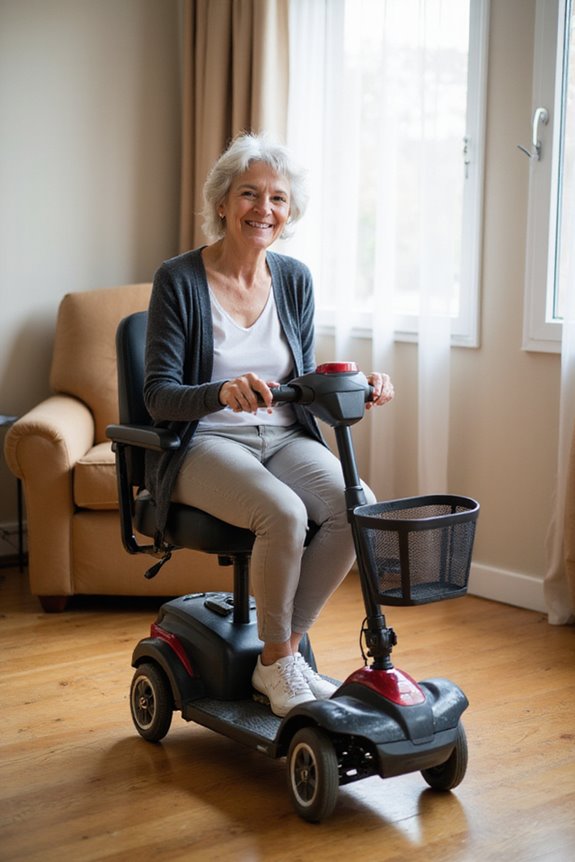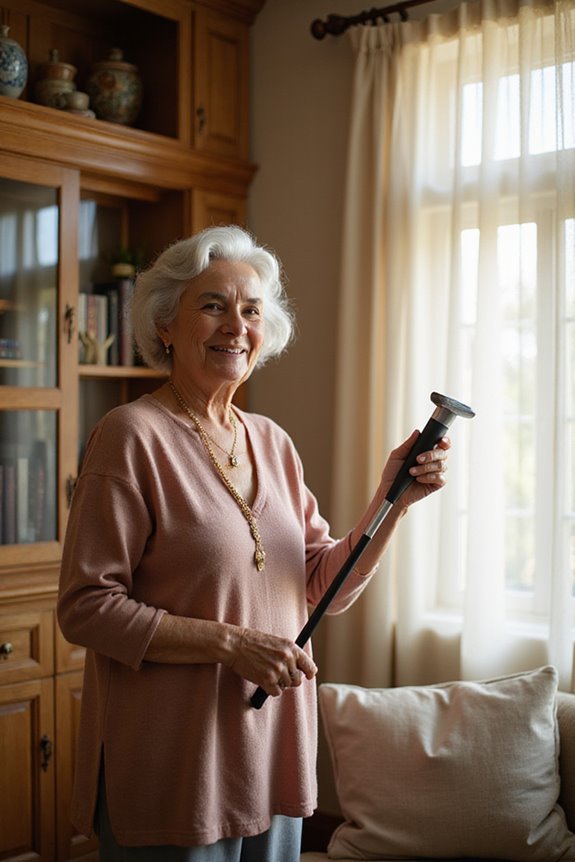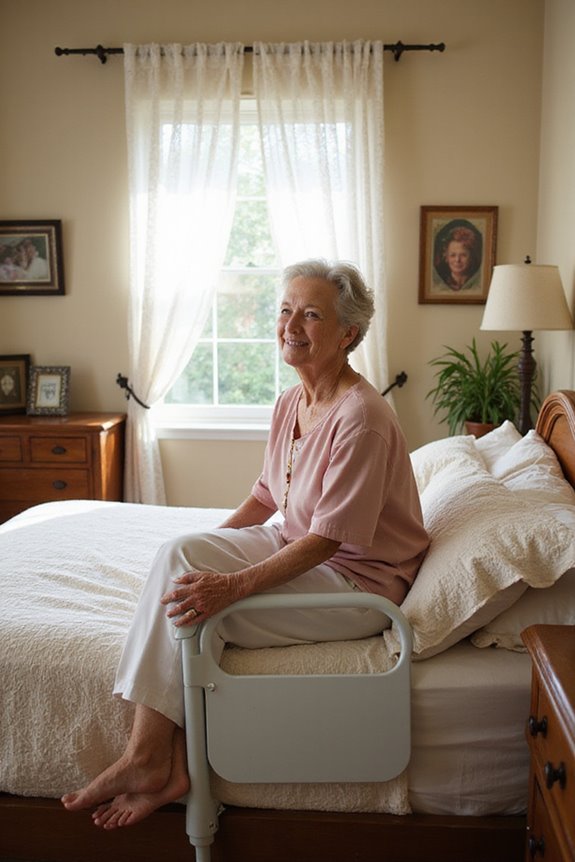Choosing the right compression hosiery involves understanding specific types, such as graduated compression stockings, antiembolism stockings, and nonmedical support hosiery. Compression levels vary, with low (<20 mmHg) suited for mild symptoms and high (≥30 mmHg) requiring medical supervision. Proper fit is critical; precise measurements should be taken in the morning when swelling is minimal. Materials and styles also influence durability and comfort. Accurate selection based on individual needs can greatly enhance therapeutic benefits. Additional insights can further guide effective choices.
Key Takeaways
- Determine your needs by consulting a healthcare professional to choose the appropriate compression level based on your symptoms and conditions.
- Measure your legs accurately in the morning, using flexible tape, to ensure a proper fit and effective graduated compression.
- Select the compression level: low (<20 mmHg) for mild symptoms, moderate (20-30 mmHg) for moderate conditions, and high (>30 mmHg) under medical supervision.
- Consider material and style preferences, such as calf sleeves or thigh-highs, that align with your lifestyle and comfort needs.
- Ensure durability and care requirements are suitable for your usage to maintain the longevity and effectiveness of the hosiery.
Understanding Different Types of Compression Hosiery
Understanding the different types of compression hosiery is essential for individuals seeking to address specific medical needs or enhance general leg comfort.
Graduated Compression Stockings
These stockings provide the greatest compression at the ankle, gradually decreasing pressure towards the knee. They are primarily used for treating chronic venous disease and edema in ambulatory patients.
Antiembolism Stockings
Designed to reduce the risk of deep vein thrombosis, these stockings offer gradient compression but are not suitable for ambulatory use.
Nonmedical Support Hosiery
Exerting uniform, lower compression without strict medical specifications, these options are ideal for alleviating tired, aching legs. Compression levels of 15-20 mmHg are often recommended for mild swelling and comfort.
Prescription requirements may apply based on the compression level, with stocks of 20 mmHg or higher typically necessitating a medical prescription.
Identifying Compression Levels and Their Indications
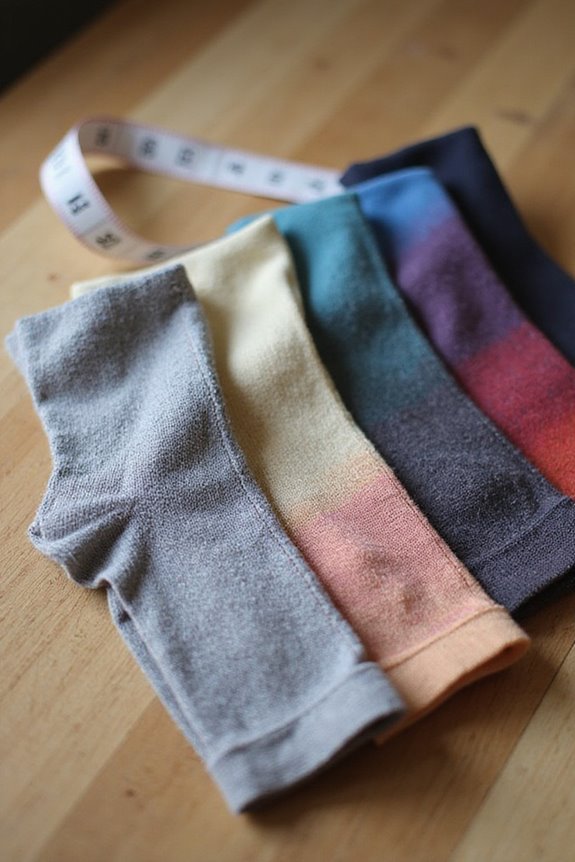
Compression levels in hosiery are a critical factor in determining their therapeutic efficacy and suitability for various medical conditions. Understanding compression categories and their corresponding pressure ranges is essential for effective management of venous issues.
- Low Compression (<20 mmHg): Ideal for mild symptoms and prevention of varicose veins; available over-the-counter.
- Moderate Compression (20–30 mmHg): Suitable for moderate venous conditions, requires healthcare provider recommendation for effective use.
- High Compression (30 mmHg and above): Prescribed for severe venous insufficiency; necessitates medical supervision due to increased risks.
Due to variations in classification and no global standard, proper fitting and consultation with a healthcare professional are crucial for ensuring that the selected compression level aligns with individual needs and conditions. Additionally, compression levels can impact blood circulation and overall comfort during extended wear.
Selecting the Right Compression Strength
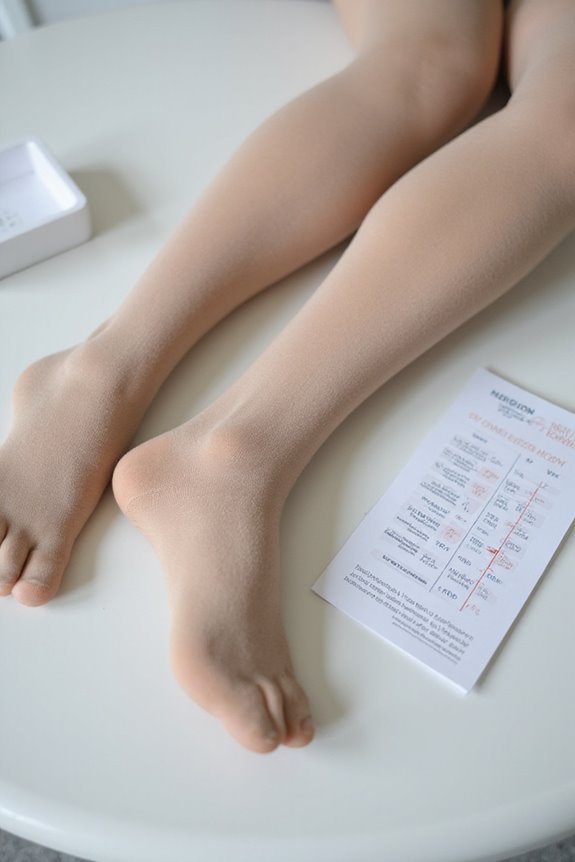
How can individuals guarantee they select the appropriate compression strength for their needs?
Understanding compression strength categories is vital. Compression is measured in millimeters of mercury (mmHg), indicating pressure applied at the ankle:
- Low Compression (<20 mmHg): Ideal for mild symptoms, such as minor swelling and fatigue.
- Medium Compression (20-30 mmHg): Recommended for moderate edema, varicose veins, and post-surgical support.
- High Compression (>30 mmHg): Used for severe conditions like deep vein thrombosis (DVT) and chronic venous insufficiency, requiring medical oversight.
Choosing the right strength involves considering the severity of the condition, patient tolerability, and lifestyle. The effectiveness of compression benefits hinges on appropriate pressure gradients. Professional guidance is essential to avoid complications and guarantee safety when selecting higher compression levels. Additionally, individuals should consider compression levels typically range from 15-30 mmHg to enhance athletic performance and minimize muscle fatigue.
Importance of Proper Fit and Sizing
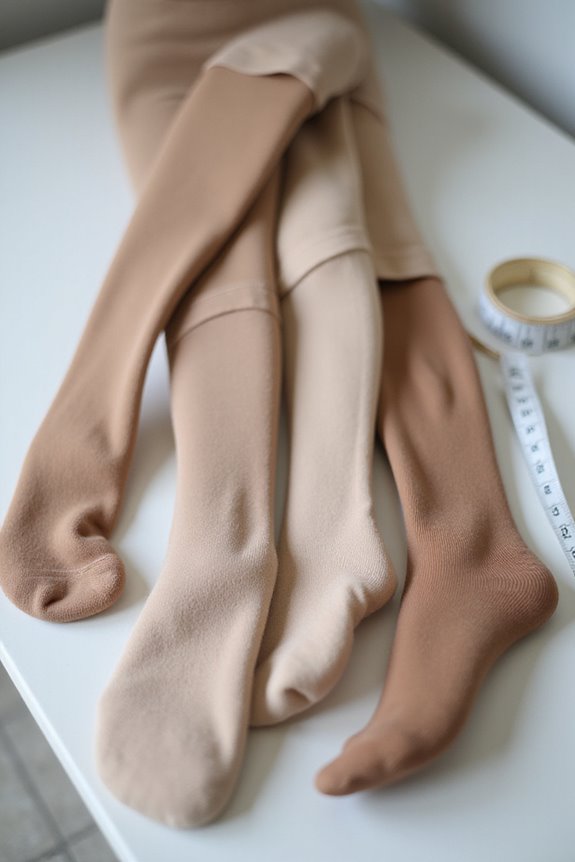
Selecting the appropriate compression strength is only one aspect of guaranteeing effective use of compression hosiery. Proper fit and sizing are vital for achieving therapeutic benefits and comfort.
- Measurement Techniques:
- Measure early in the morning when legs are least swollen.
- Use a flexible measuring tape on bare legs, guaranteeing consistency in positioning.
- Common Mistakes:
- Avoid measuring over clothing or tight hosiery, as this leads to inaccurate sizes.
- Take measurements for both legs to account for asymmetry, and refrain from rounding numbers.
A precise fit guarantees graduated compression, optimizing blood flow and enhancing therapeutic effects. Incorrect sizing can result in discomfort, reduced efficacy, or adverse impacts on circulation. Proper measurement is essential for effective compression hosiery, as the correct size ensures maximum benefits and minimizes risks.
Factors Influencing Material, Style, and Durability
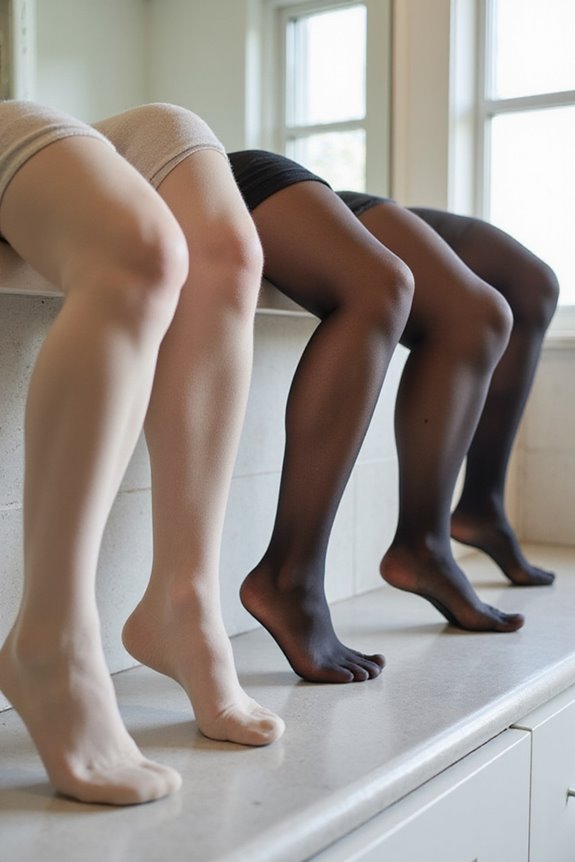
When considering the factors that influence the selection of compression hosiery, material composition, style options, and durability play essential roles in achieving best performance and comfort.
Material Properties
- Merino wool: Regulates temperature, breathable, moisture-absorbing.
- Alpaca fiber: Superior insulation, enhances comfort.
- Bamboo fiber: Naturally soft, antibacterial.
- Nylon and spandex blends: High durability, elasticity.
- Synthetic/natural combinations: Softness and precision fit.
Style Preferences
- Calf sleeves: Ideal for sports, stimulating calf muscles.
- Knee-high socks: Versatile for general compression.
- Thigh-high garments: For advanced conditions.
- Pantyhose: All-encompassing support for legs and abdomen.
- Toeless styles: Suitable for open-toe footwear.
Durability Considerations
- Care requirements vary by material.
- Double-winding yarn technique enhances strength.
- Quality stitching improves resilience.
Following Medical and Usage Guidelines
Following a thorough evaluation of material, style, and durability, adherence to medical and usage guidelines becomes vital in the effective application of compression hosiery.
Medical Assessment
- A detailed medical assessment is essential to identify contraindications, such as symptomatic peripheral arterial disease and acute infections.
- Conditions like sepsis or compromised skin integrity necessitate caution before prescribing compression garments.
Usage Guidelines
- Graduated compression should exert maximum pressure at the ankle, decreasing proximally to aid venous return.
- Consistent wear, as instructed by healthcare professionals, is important for effectiveness, often required for prolonged or indefinite periods.
Compression Class Selection
– Compression levels must align with clinical assessments, ranging from mild (15-20 mmHg) to high (>49 mmHg) based on the severity of the condition.
Following these guidelines guarantees ideal therapeutic benefits.
Frequently Asked Questions
Can I Wear Compression Hosiery During Exercise?
Compression hosiery can enhance exercise benefits by improving circulation and providing joint support. However, the effectiveness hinges on proper compression levels and fit, ensuring safety and comfort during physical activities for all enthusiasts.
How Do I Clean and Maintain My Compression Stockings?
To clean and maintain compression stockings, individuals should adopt proper cleaning techniques, such as hand washing in lukewarm water, and follow essential maintenance tips, including air drying and regular washing to guarantee longevity and effectiveness.
Are There Any Side Effects From Wearing Compression Hosiery?
Could the pursuit of comfort come with hidden risks? While compression hosiery offers potential benefits, one must consider contraindications. Adverse effects can arise, emphasizing the importance of proper use and individual health evaluations for safety.
Can I Use Compression Hosiery While Traveling by Plane?
Traveling by plane can be enhanced with compression hosiery, offering significant travel benefits. It promotes flight comfort by reducing leg swelling, discomfort, and fatigue, ensuring a more enjoyable experience during long hours in the air.
How Often Should I Replace My Compression Stockings?
Replacement frequency for compression stockings generally ranges from every three to six months, influenced by longevity factors like daily wear and proper care. Observing signs of wear guarantees maximum effectiveness and comfort for the user.


